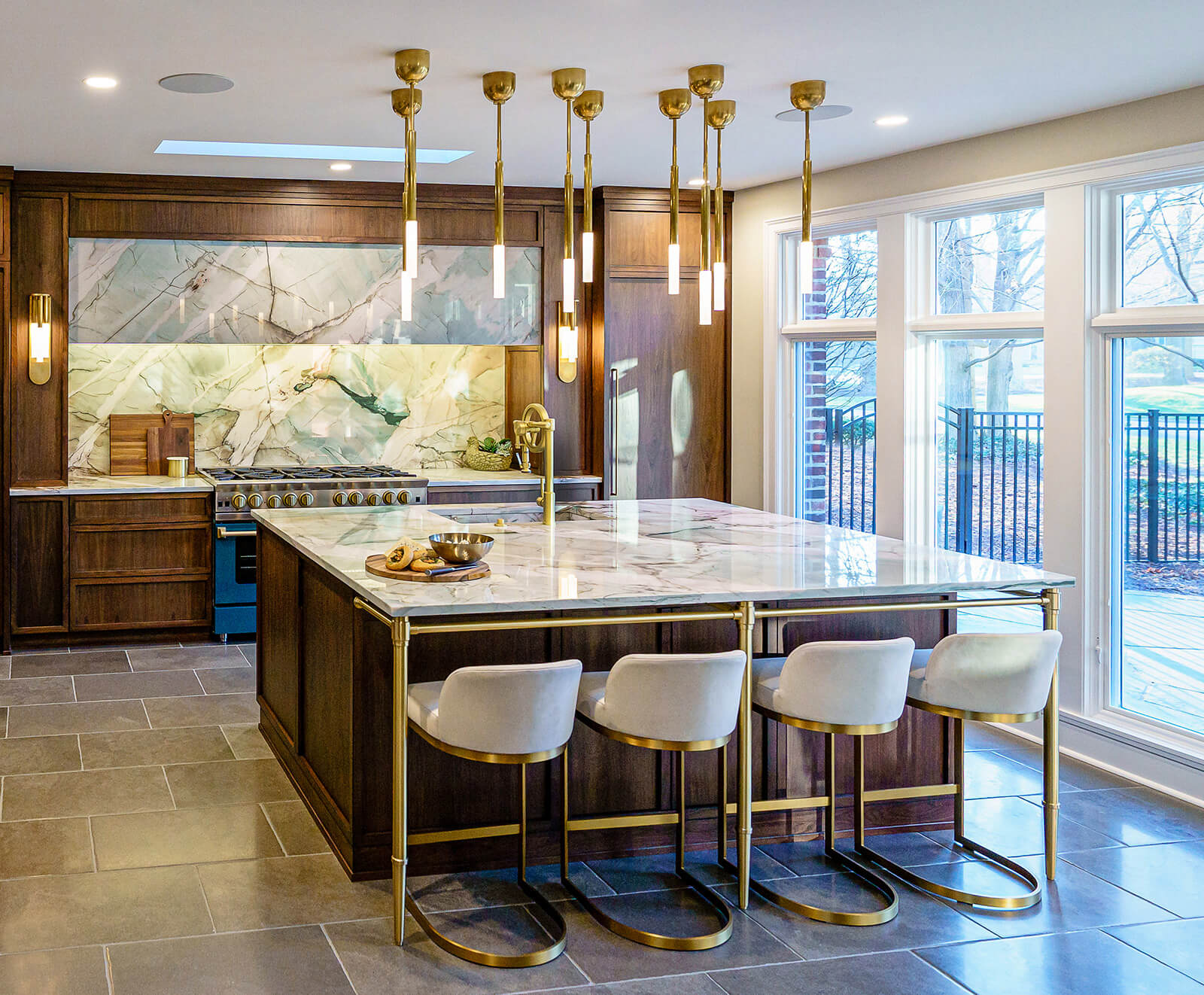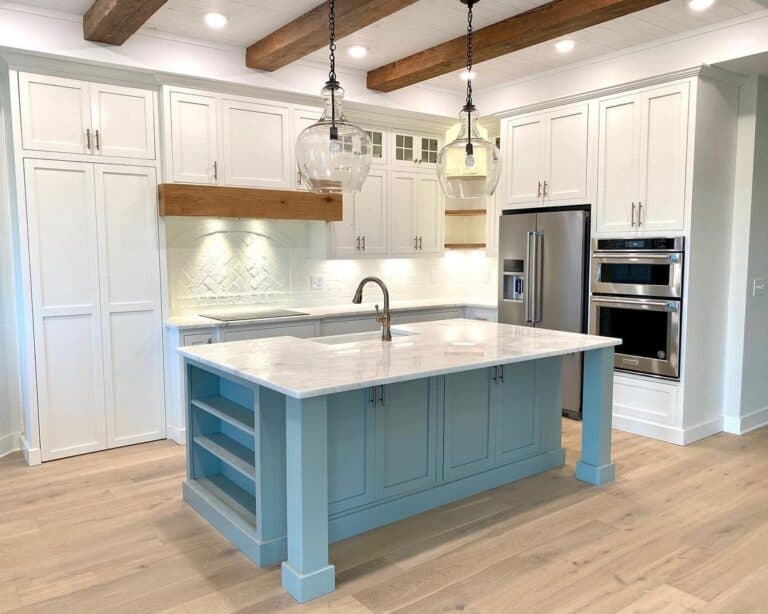An Overview to Picking the Perfect Legs For Cooking Area Island for Your Home
Picking the ideal legs for your cooking area island is a nuanced decision that affects both the performance and visual charm of this main area. As you consider these elements, it comes to be apparent that the ideal legs can transform not only the appearance of your cooking area but likewise its use for years to come.

Understanding Cooking Area Island Legs
When picking legs for a kitchen island, it's essential to comprehend their useful and aesthetic duties in the overall layout. The legs work as an essential support group, guaranteeing stability and resilience for the island, which often works as a workspace, dining location, or collecting spot. As a result, the choice of material and building and construction technique should be durable sufficient to endure everyday use and prospective wear.
In enhancement to their structural obligations, legs add significantly to the island's visual charm. They can improve the cooking area's design, whether via traditional, contemporary, or eclectic styles. The height and proportion of the legs are likewise important factors to consider; they have to harmonize with the island's countertop height while ensuring comfortable seating for those using the area.
In addition, the leg layout can affect the total circulation of the kitchen area. Open, ventilated leg designs can develop a sense of lightness, while strong, substantial legs may convey a much more grounded and stable aesthetic - Legs For Kitchen Island. Recognizing these aesthetic and practical elements will guide property owners in making notified choices that complement their cooking area's layout and improve its usability
Popular Styles and Materials
The option of legs for a cooking area island includes a variety of preferred designs and materials, each offering unique characteristics that can boost both performance and looks. Among one of the most in-demand designs are modern, rustic, and conventional. Contemporary legs often include smooth, minimal styles that stress simplicity and tidy lines, making them suitable for modern kitchens. Rustic styles, on the various other hand, embrace natural environments and typically showcase recovered wood or distressed coatings, adding heat and appeal to the room. Typical legs usually show elaborate information and craftsmanship, improving traditional kitchen area layouts.

Height and Stability Considerations

The legs of the kitchen island should give adequate assistance, guaranteeing that the framework can withstand everyday usage without shifting or wobbling. Material choice plays a considerable duty in stability; metal legs, for instance, have a tendency to supply better strength contrasted to timber.
Matching Your Kitchen Aesthetic
Picking the appropriate legs for your kitchen area island goes beyond capability; it additionally plays a considerable role in the general aesthetic of the space (Legs For Kitchen Island). When selecting legs, consider the layout style of your kitchen area.
Legs that match or contrast with your island's surface and bordering cabinets can develop visual consistency or striking focal factors. Furthermore, take into consideration the finish of the legs; matte, shiny, or textured surfaces can significantly impact the total feel of the kitchen area.
Installment and Maintenance Tips
Mounting kitchen island legs calls for careful focus to information to ensure both stability and visual appeal. Begin by choosing an ideal area for your island, ensuring it is level and has adequate room for movement. Utilize a stud finder to situate wall surface studs if you are attaching the legs to a wall or utilizing braces for included assistance. Mark the positioning of the legs accurately before drilling.
When safeguarding the legs, utilize high-grade screws and, if essential, timber adhesive for added strength. For metal legs, guarantee that you are utilizing suitable supports and devices to prevent damage to your floor covering. It is advisable to check for levelness after installation, making changes as required to prevent wobbling.
Maintenance is equally vital for long life - Legs For Kitchen Island. Routinely check the legs for any kind of indications of wear or loosening, particularly in high-traffic areas. Tidy the legs with an ideal cleaner, preventing abrasive products that might scrape the surface. hop over to these guys For wood legs, think about using a timber conditioner regularly to preserve their surface. By complying with these installation and upkeep ideas, you can ensure that your kitchen area island legs remain both practical and aesthetically appealing.
Conclusion
In verdict, picking the ideal legs for a kitchen area island necessitates careful consideration of height, stability, and visual compatibility. Ultimately, thoughtful leg choice plays a crucial duty in elevating both the practicality and design of the kitchen space.
When selecting legs for a kitchen island, it's important to understand their practical and aesthetic functions in the general design. Open, airy leg designs can produce a sense of lightness, while strong, significant legs might communicate a much more grounded and secure visual. The legs of the kitchen area island ought to offer adequate assistance, making certain that the framework can endure daily usage without wobbling or shifting.Installing cooking area island legs needs careful Go Here focus to detail to ensure both security and aesthetic allure.In final thought, selecting the appropriate legs for a kitchen area island demands cautious consideration of elevation, stability, and visual compatibility.